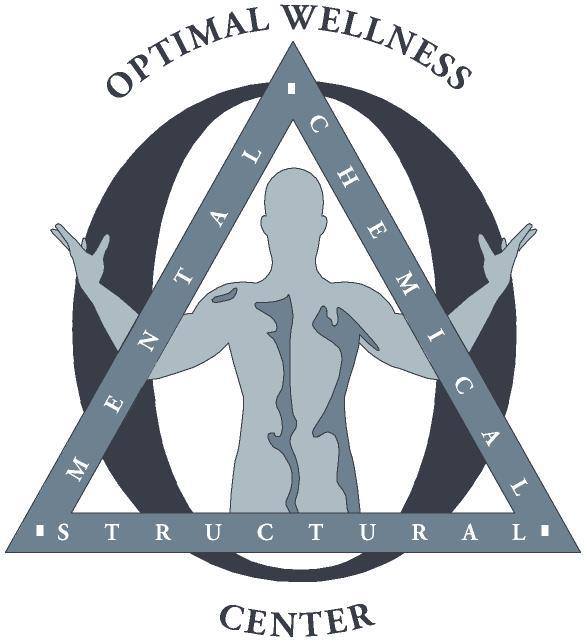Bilateral Sciatica: Causes, Symptoms, and Treatment Options
Bilateral sciatica is a unique condition characterized by pain, tingling, or numbness that affects both legs simultaneously. It stems from irritation or compression of the sciatic nerves, which are the largest nerves in the body, running from the lower back to the feet. While sciatica typically impacts one leg, bilateral symptoms signal more significant underlying causes. Understanding and addressing these causes promptly is vital to prevent complications.
What Is Bilateral Sciatica?
Bilateral sciatica occurs when both sciatic nerves are compressed or irritated. Common symptoms include:
Shooting or burning pain in both legs.
Numbness, tingling, or weakness in the lower extremities.
Difficulty with mobility or balance.
This condition is less common than unilateral sciatica and is often considered a red flag for more severe spinal or neurological issues.
Causes of Bilateral Sciatic Pain
Several factors can contribute to bilateral sciatic pain:
1. Herniated Discs
When intervertebral discs bulge or rupture, they may compress both sciatic nerves, resulting in pain on both sides. This is a common cause of sciatica.
2. Spinal Stenosis
This condition narrows the spinal canal, compressing nerve roots, including the sciatic nerves. It is prevalent in older adults.
3. Cauda Equina Syndrome (CES)
A medical emergency, CES involves compression of the cauda equina, a bundle of nerves at the base of the spinal cord. Symptoms include bilateral sciatica, bowel or bladder dysfunction, and numbness in the saddle area. Immediate treatment is required to prevent permanent damage.
4. Piriformis Syndrome
When the piriformis muscle in the buttocks spasms or becomes tight, it can compress the sciatic nerves, potentially affecting both sides.
5. Rare Causes
Other potential causes include tumors, infections, or trauma that directly impact the lower spine. Conditions like multiple sclerosis or diabetic neuropathy can also result in bilateral symptoms.
Why Is Bilateral Sciatica a Red Flag?
Bilateral sciatic pain often indicates a significant underlying issue, such as CES or severe spinal stenosis. These conditions require prompt diagnosis and intervention to prevent long-term complications like paralysis or incontinence.
If you experience bilateral sciatica alongside red-flag symptoms (e.g., bowel/bladder dysfunction, numbness in the saddle area, or sudden weakness), seek immediate medical attention.
Diagnostic Approach for Bilateral Sciatica
Accurate diagnosis is essential for creating an effective treatment plan. Diagnostic imaging such as X-rays and MRIs can identify underlying causes, including herniated discs, spinal stenosis, or other spinal abnormalities that compress the sciatic nerve. These tests help determine the appropriate course of treatment.
Treatment Options for Bilateral Sciatica
The treatment for bilateral sciatica depends on the cause and severity of the condition. Common and advanced options include:
1. Medications
NSAIDs: Drugs like ibuprofen reduce inflammation and alleviate pain.
Muscle Relaxants: Help relieve tension in spasming muscles.
Topical Treatments: Creams or patches containing menthol, lidocaine, or capsaicin provide localized relief.
2. Chiropractic Care
Chiropractic adjustments target misalignments in the spine, relieving pressure on the sciatic nerve. This non-invasive treatment promotes natural healing and often improves mobility.
3. Shockwave Therapy
This modern therapy uses sound waves to stimulate healing in soft tissues, reduce inflammation, and alleviate sciatic pain, often improving nerve function.
4. Spinal Decompression Therapy
Non-surgical spinal decompression involves gently stretching the spine to relieve pressure on the sciatic nerves. This therapy is particularly effective for conditions like herniated discs and spinal stenosis.
5. Massage Therapy
Targeted therapeutic massage relaxes tight muscles, improves blood flow, and alleviates tension that may compress the sciatic nerve. This is often used alongside other treatments for enhanced relief.
6. Physical Therapy
Therapeutic exercises and techniques focus on:
Strengthening the spine and core muscles.
Improving mobility and flexibility.
Reducing sciatic nerve irritation with low-impact exercises like stretching or yoga.
7. Injections
Epidural Steroid Injections: Reduce inflammation around nerve roots, relieving pain.
Nerve Blocks: Temporarily block pain signals and aid in diagnosing the affected nerve.
8. Surgery
Surgical intervention is typically reserved for severe cases, such as:
Microdiscectomy: Removes herniated disc material pressing on the sciatic nerve.
Spinal Decompression Surgery: Relieves pressure caused by spinal stenosis.
Emergency Surgery: For conditions like Cauda Equina Syndrome, where immediate action is required.
By combining traditional and advanced treatments, patients with bilateral sciatica can experience significant pain relief and improved quality of life. Always consult a healthcare professional to determine the best approach for your condition.
Prevention and Recovery Tips
Maintain good posture to reduce pressure on the spine.
Engage in regular exercise to strengthen core muscles.
Avoid prolonged sitting, which can exacerbate sciatica symptoms.
Seek early treatment for lower back or leg pain to prevent bilateral sciatica.
Conclusion
Bilateral sciatica is a serious condition that warrants thorough evaluation. Whether caused by a herniated disc, spinal stenosis, or other factors, early diagnosis and treatment are key to recovery. If you experience symptoms of bilateral sciatic pain, consult a healthcare professional to develop an individualized treatment plan.
By addressing the root cause, you can alleviate pain and improve your quality of life. Don’t wait—take the first step toward recovery today.
